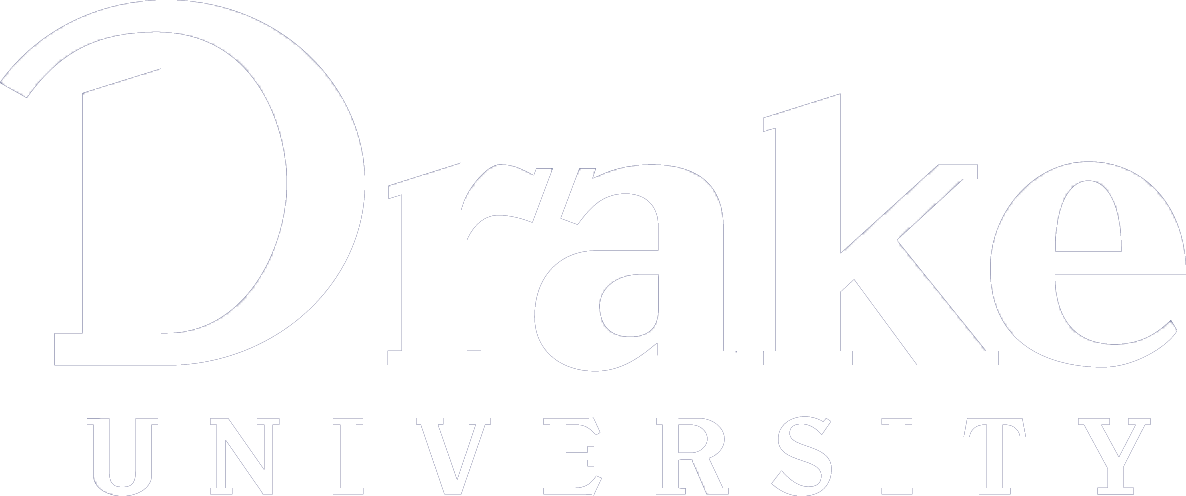There are a lot of stories in the news and on social media about working adults struggling to pay back their student loans while their debt continues to grow. Here are a few ways you can plan to make sure you’re able to pay off your loans in full without going into delinquency or default.
Start paying on your loans right away. Even though you are not required to make payments on your loans while you are still in school, your interest starts to build. This interest is often what creates a mountain of debt for borrowers. If possible, while you’re still in school, start making payments that cover at least the interest that accrues each month to avoid a larger bill when you graduate.
Enroll in automatic debit with your loan provider. Automatic debit withdraws your student loan payment from your bank account each month and sends it to your lender on your behalf. This ensures you’re making payments toward your loan on time and removes the stress of remembering to do it manually.
Pay more than the minimum amount each month. This one might feel counterintuitive because it feels like you’re spending more money upfront, but paying a little more than the minimum each month will bring your total down much faster. Let’s say your minimum monthly federal student loan payment is $302. If you can afford to pay, say, $315 or more each month, you will end up reducing the amount of time your loan will take to pay back, while also keeping your interest at bay.
Look into loan forgiveness or repayment assistance. Depending on what line of work you enter after graduation, you might qualify for certain student loan forgiveness programs after certain criteria have been met. The Public Service Loan Forgiveness, for example, rewards those in government or non-profit positions who have made 120 payments (10 years of monthly payments) by forgiving the remaining balance on their subsidized or unsubsidized loans. Educators can get up to $17,500 forgiven by teaching full-time with five consecutive academic years in elementary or secondary education or agencies that serve low-income families. You can also talk with your employer to see if they offer student loan repayment assistance. Lastly, there are income-driven repayment forgiveness programs that forgive your loans if you meet the requirements of the program. The requirements vary by each of these programs but typically involve at least 20 years of qualifying monthly loan payments.
To learn more about the types of loans available, contact Drake’s financial aid office.


